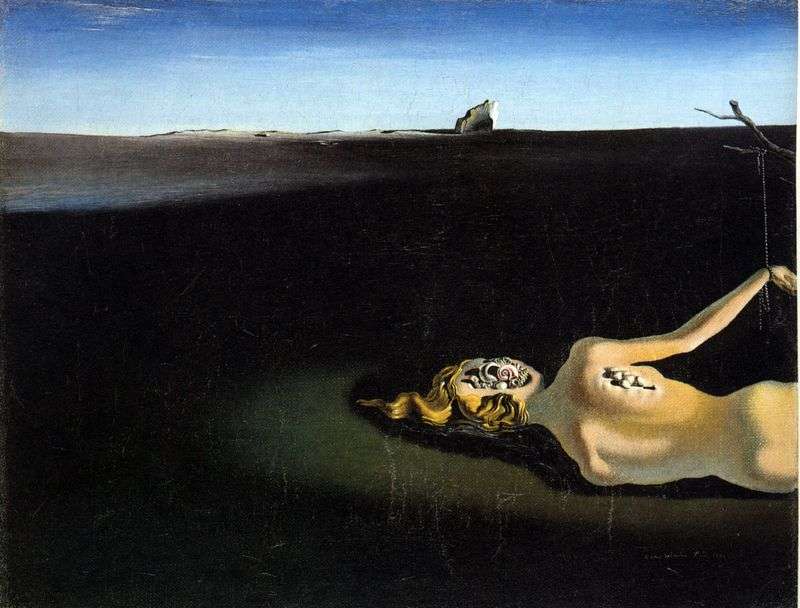
One of the darkest paintings of Salvador Dali. The scene is a desert so beloved by the artist. But, unlike most of the “deserted” Dali paintings, the color scheme here is completely different. There is no cutting eye of the contrast of azure with gold. Black sand extends to the horizon. The cloudless sky has faded from the sultry haze. A tiny smear of white paint – a light pinnate cloud in the corner – only emphasizes the inexorable emptiness of the sky.
Far on the horizon stands a stone: either a cliff, or an obelisk. The oppressive atmosphere of the picture prompts the viewer to see in this stone a gravestone.
In the foreground, in the light spot, lies the body of a woman. The name of the picture sounds like a mockery: no imagination will allow to see the sleeping woman in this woman. The woman is definitely dead, and dead long ago. Her body is corroded by decay. She lies with her back to the viewer. The skull was half naked, the remains of golden hair were scattered on the ground around the head, which gaped openly; worms and snails are crawling inside.
The viewer sees the body not completely: the lower part of the trunk is cut off by the edge of the picture. Behind the same edge is a dead tree, the branch of which is stretched over a lying woman. The hand of the “sleeper” is tied to a tree with a rope wrapping around a thin wrist.
This lifeless landscape is a triumph of nothingness: a sad result, to which all things come. Dead desert, dead tree, dead woman. And the childish curiosity of the artist, who explores the destruction of the human body with the same inquisitiveness with which in the past he tossed the carcasses of dead animals from the worms with wand.
 Sleep (Sleeping) by Salvador Dali
Sleep (Sleeping) by Salvador Dali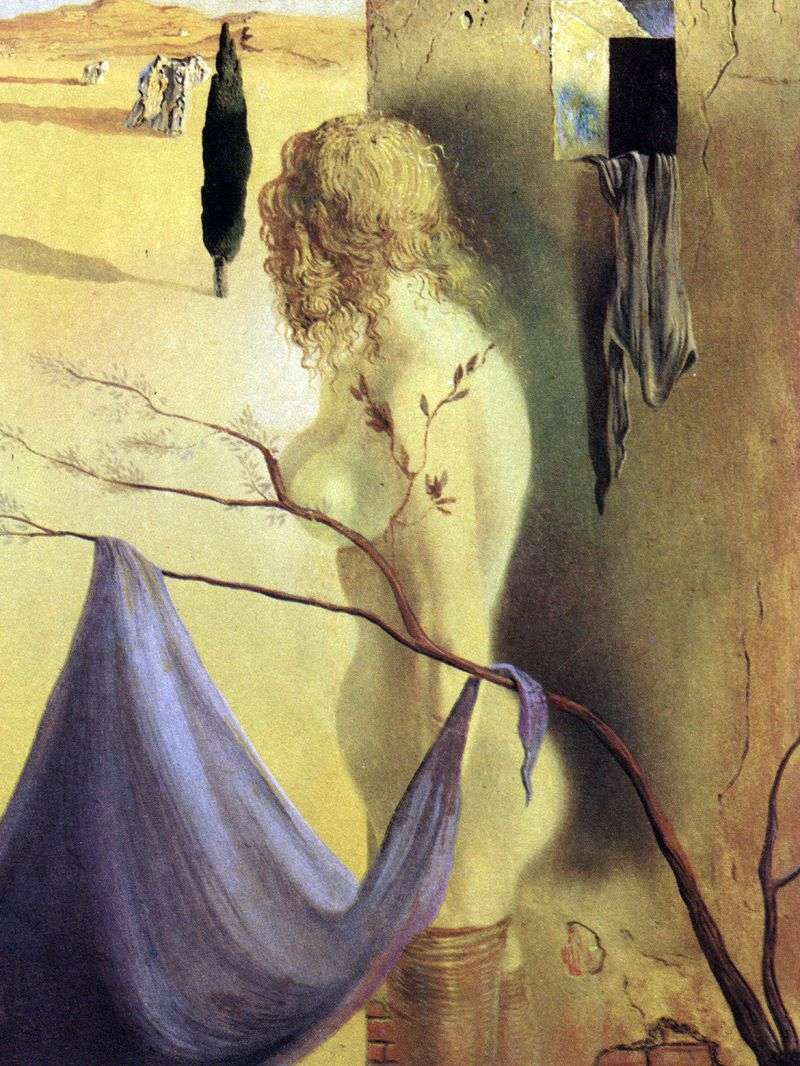 Anxious sign by Salvador Dali
Anxious sign by Salvador Dali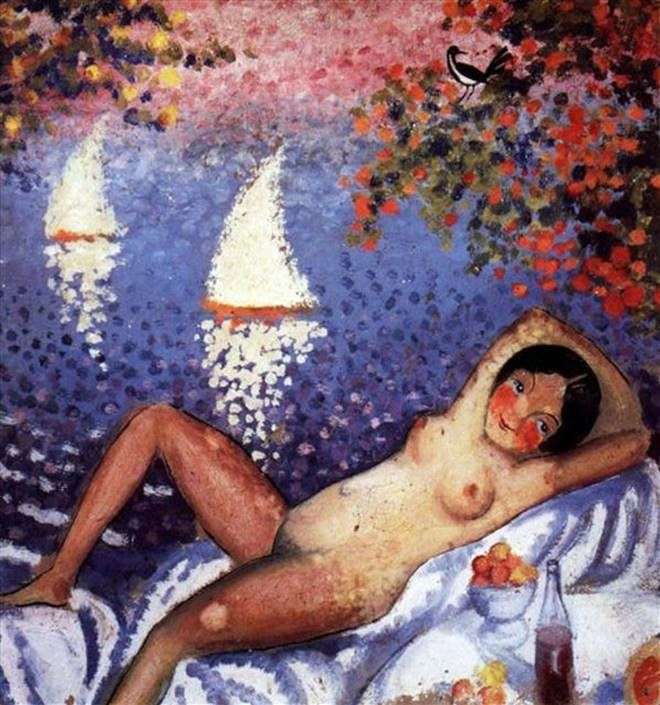 Nude in the background of the landscape by Salvador Dali
Nude in the background of the landscape by Salvador Dali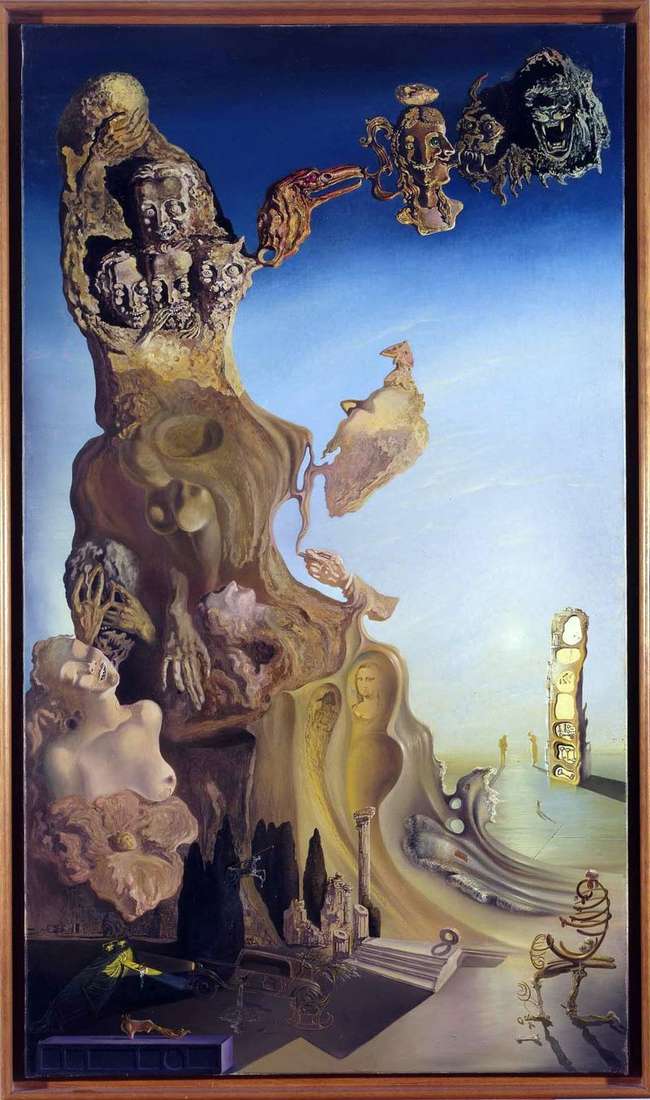 Imperial monument to the woman-child by Salvador Dali
Imperial monument to the woman-child by Salvador Dali Necrophilic source, scoring from the piano on the code by Salvador Dali
Necrophilic source, scoring from the piano on the code by Salvador Dali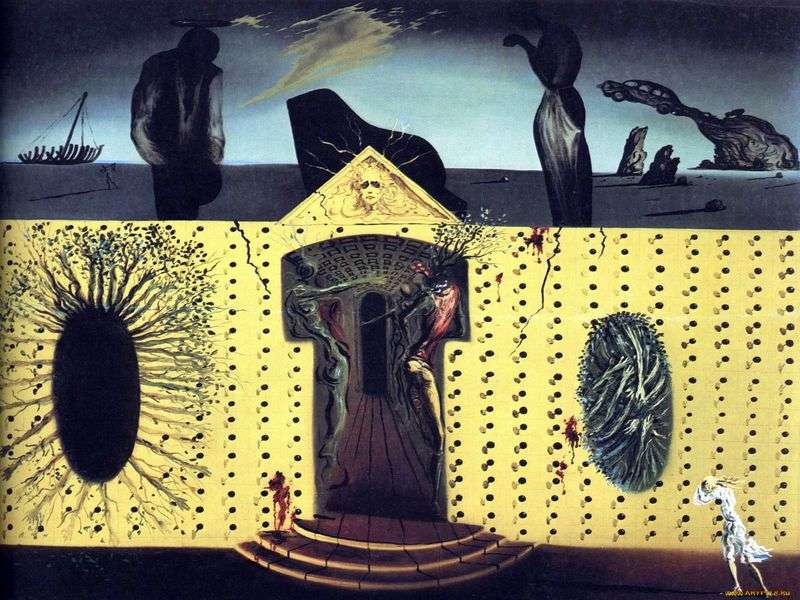 Mad Tristan by Salvador Dali
Mad Tristan by Salvador Dali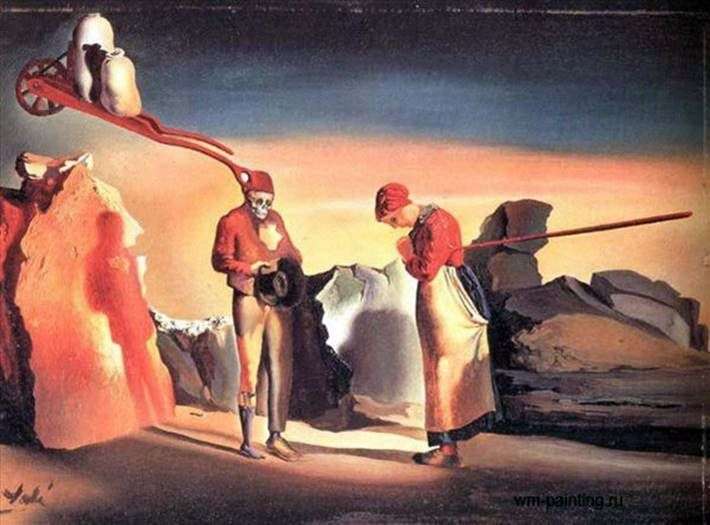 Atavism of Twilight by Salvador Dali
Atavism of Twilight by Salvador Dali Giraffe in the fire by Salvador Dali
Giraffe in the fire by Salvador Dali